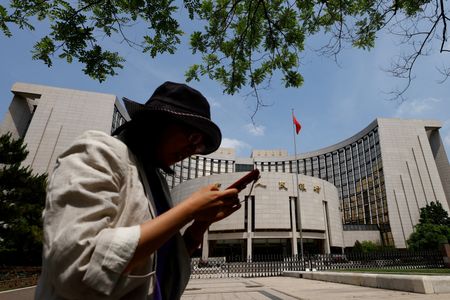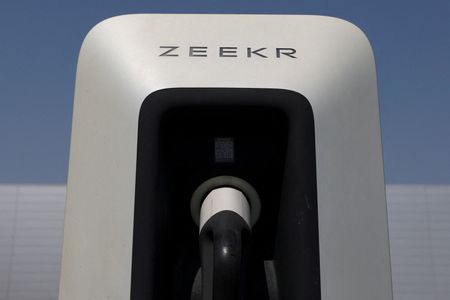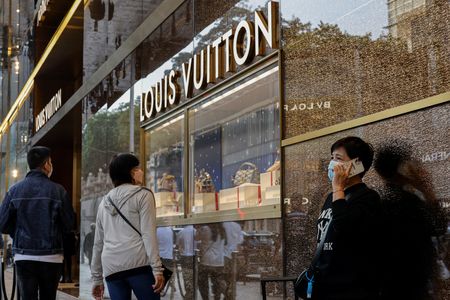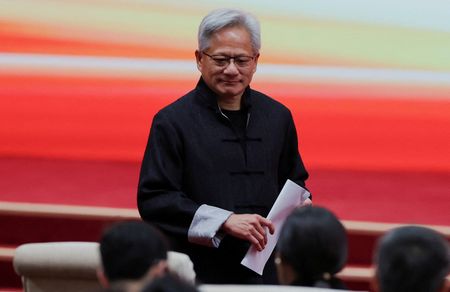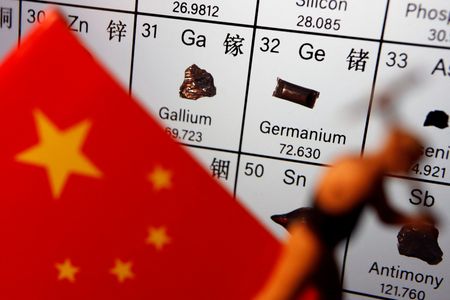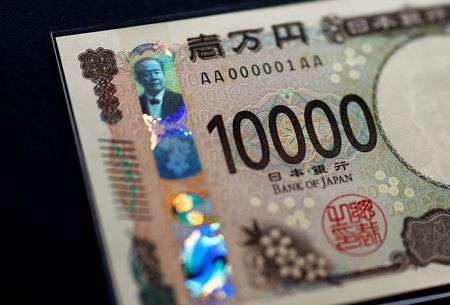SHANGHAI (Reuters) -China kept benchmark lending rates unchanged on Monday, as forecast, after it reported slightly better-than-expected second-quarter economic data.
WHY IT’S IMPORTANT
Signs of economic resilience effectively reduced any urgency for further stimulus, while analysts widely expect persistent weak domestic demand warrants some monetary easing later this year.
BY THE NUMBERS
The one-year loan prime rate (LPR) was kept at 3.0%, while the five-year LPR was unchanged at 3.5%.
In a Reuters survey of 20 market participants conducted last week, all participants predicted no change to either of the two rates.
Most new and outstanding loans in China are based on the one-year LPR, while the five-year rate influences the pricing of mortgages.
CONTEXT
China’s economy slowed less than expected in the second quarter in a show of resilience against U.S. tariffs, though analysts warn weak demand at home and rising global trade risks will ramp up pressure on Beijing to roll out more stimulus.
Meanwhile, persistent deflationary pressure also calls for further monetary easing measures. China’s producer deflation deepened to its worst in almost two years in June as the economy grappled with uncertainty over a global trade war and subdued demand at home.
A lot of market attention will be shifted to the Politburo meeting later this month, which is likely to shape economic policy for the rest of the year.
KEY QUOTES
** Tommy Xie, head of Asia macro research at OCBC:
“China’s GDP deflator has been in negative territory for nine consecutive quarters.
“The weak nominal growth despite above target real growth may weigh down corporate profitability as well as income growth.
“We expect PBOC to lower its benchmark interest rate by another 20 basis points this year although the room for more aggressive rate cuts may be limited given the bottleneck faced by the economy.”
(Reporting by Shanghai Newsroom; Editing by Jacqueline Wong and Sam Holmes)

